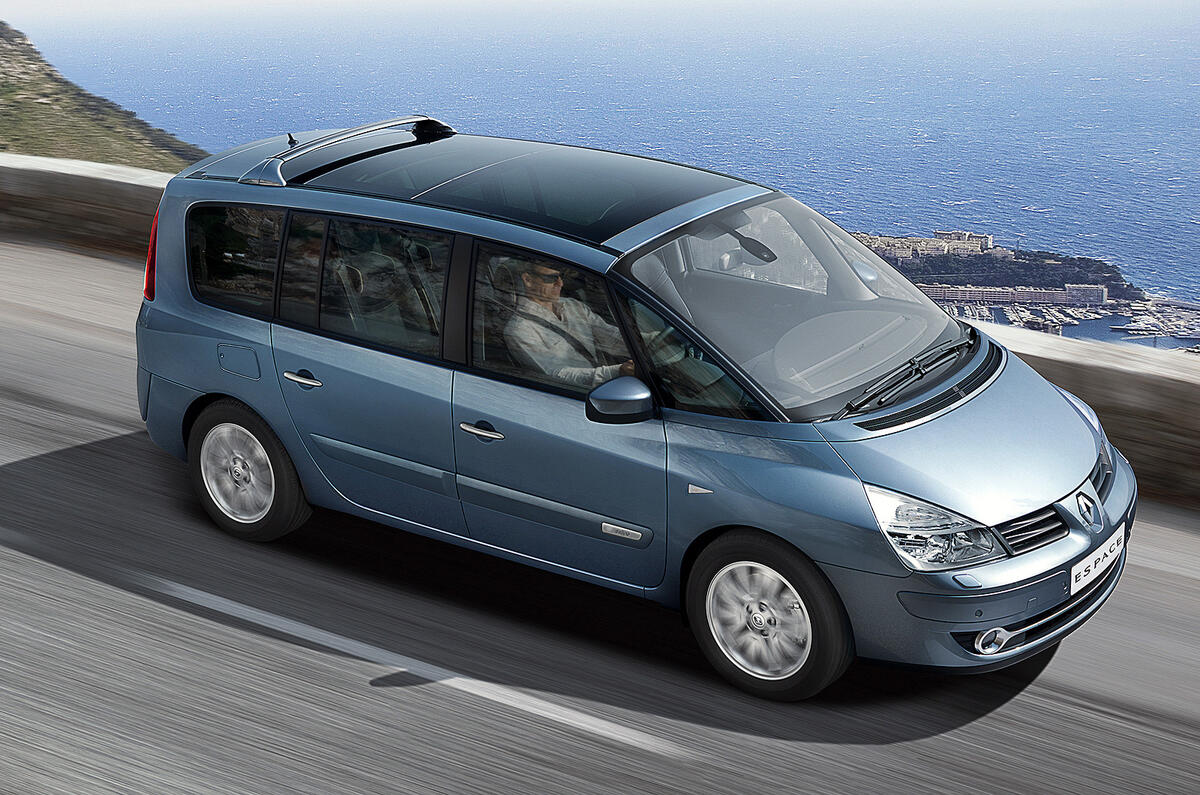Renault has revealed its new dual-pronged industrial strategy which will see it concentrate on ‘high value-added products’ in Europe and expanding new car production in emerging markets around the rest of the world.
The company has also revealed that the Laguna and Espace will finally be replaced by an all-new range of ‘upper class’ models in 2014, based on a ‘platform shared with Nissan’ and built at the company’s Douai facility in France. A decision on the form of the new Laguna and Espace is expected in the next 12 months and will probably be previewed by concept models.
Renault’s statement says that its investments in Europe will concentrate on ‘high value added products, primarily mid- and upper-range vehicles, light commercial vehicles, electric vehicles and motors and batteries’.
The French carmaker also revealed that in 2013, its Flins battery plant will come on stream with a capacity of 100,000 battery packs per year and the Cléon plant would start producing a ‘third generation’ electric motor. It also claims that, by 2015, 80 per cent of Renault’s worldwide production of electric cars will take place in France.
The company’s Slovenian plant at Novo mesto will be the home to the new-generation, rear-engined, Twingo, Wind and Clio Campus. In 2013 it will also produce the new four-seater Smart.
The company’s detailed statement of its industrial plans is being seen as a clear message to the French Government (which still holds a 15 per cent shareholding in the maker) and French trades unions that the company is still investing in its domestic market but that it also needs to exploit opportunities in booming developing markets.
There was considerable disquiet in France, particularly from auto unions, when imports of Renault’s Dacia budget range unexpectedly took 12 percent of the new car market during the country’s recent scrappage scheme.
However, Renault’s strategy makes clear that the future of manufacturing in the west no longer lies with budget models sold on slim margins.
According to the company’s own figures, European new car sales in 2010 were still 20 per cent lower than the 2007 peak. It predicts that the European market will not return to the 2007 level until 2016.
By contrast, Renault says sales in the BRIC area (Brazil, Russia, India and China) ‘have increased four-fold in the past ten years and now account for one-third of car sales worldwide. Non-European new car sales are expected to expand by 50 per cent between 2010 and 2016.




Add your comment